
Alphabetical Index
Keyword Search
Casting Defects
Ingot Defects
Slab Defects
Drawing Defects
Forging Defects
Rolling Defects
Bearing Defects
Coating Defects
Corrosion Defects
Fractography
Heat Treatment Defects
Machining Defects
Other Defects
Pipeline Defects
Polishing Defects
Rail Defects
Tool Steel Defects
Welding Defects
Internal Defects
Surface Defects
Internal + Surface Defects
Contact Us
Help
Home
Machining surface defect - AISI 1215 steel - Machining defects

Figure 1: Submitted part with surface defect indication on
the ID surface, denoted by the yellow arrow. 1.5x.
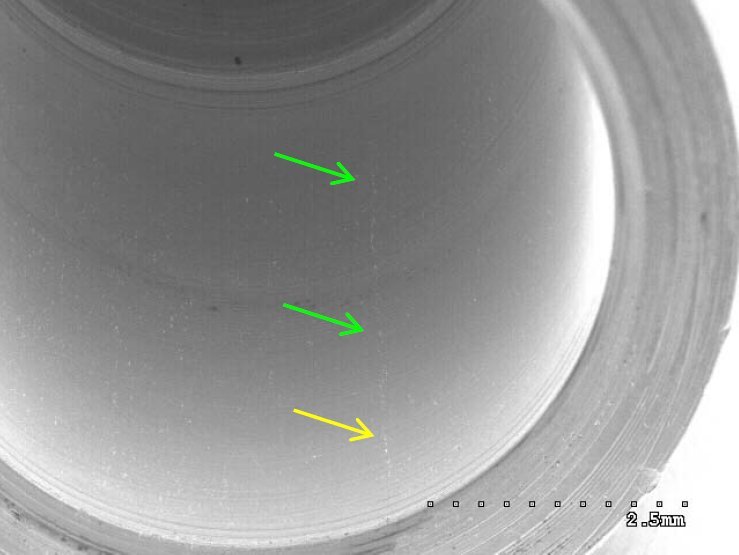
Figure 2: SEM image showing the faint linear defect
indication on the machined ID surface. 10x.
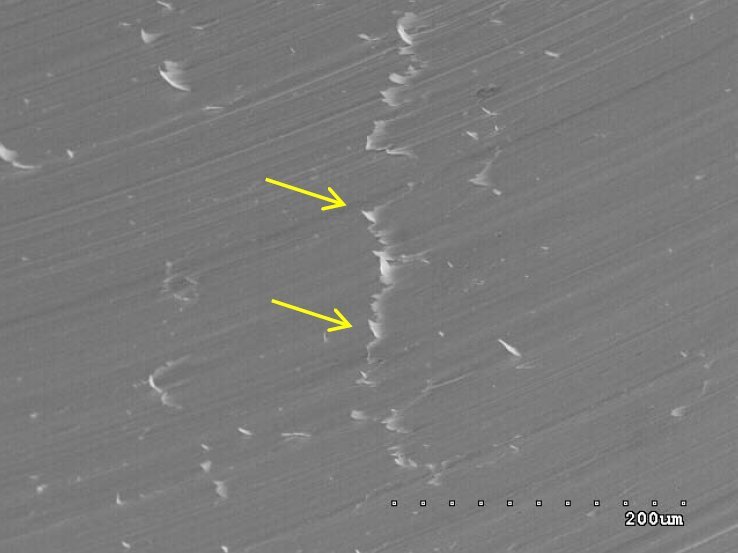
Figure 3: Close-up view of linear defect indication denoted
by the yellow arrow in Figure 2. 165x.
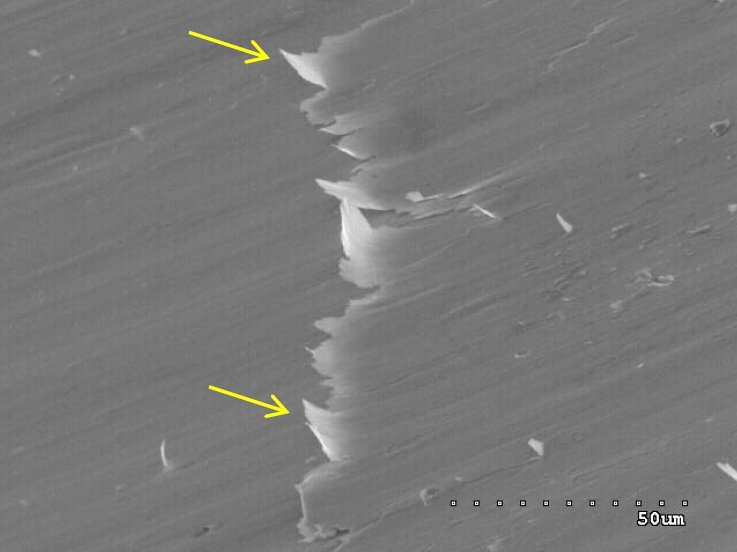
Figure 4: Higher magnification view of Figure 3 showing a
tool mark from the machining operation. 1350x.
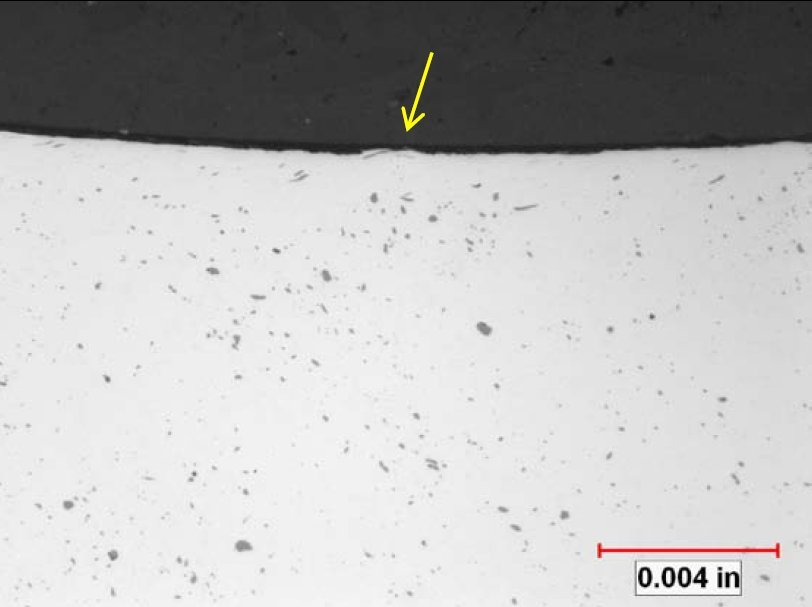
Figure 5: Cross-sectional view of stress crack initiating from .037” deep seam (at arrow).. Mag. 200x.
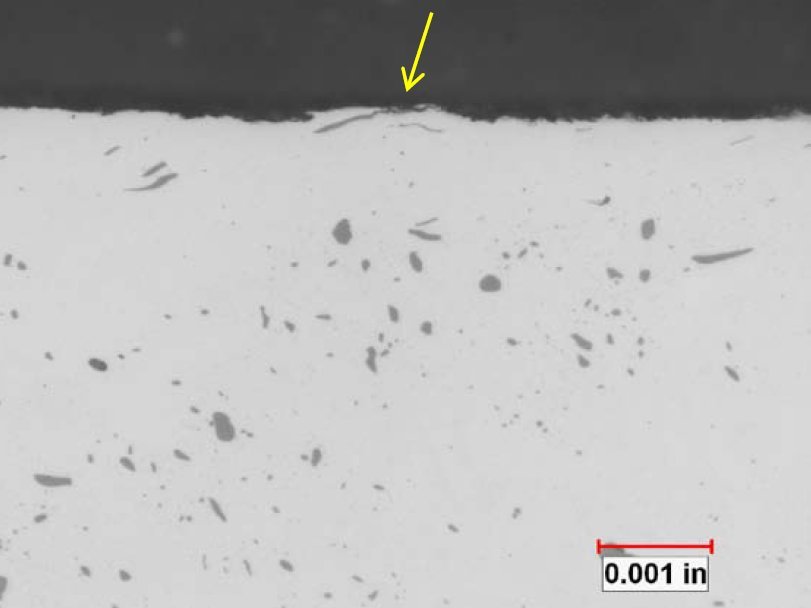
Figure 6: High magnification view of seam profile showing decarburization
and dispersed oxides. Mag. 500x.
Defect name: Surface defect
Record No.: 690
Type of defect (Internal/Surface): Surface
Defect classification: Machining defects
Steel name:
Steel composition in weight %: 0.06% C, 0.96% Mn, 0.02% Si, 0.05% P, 0.31% S, 0.03% Cr, 0.03% Ni, 0.01% Mo, 0.06% Cu.
Note: One cold drawn and machined part exhibiting a linear defect indication on the machined ID surface was submitted to our laboratory for a metallurgical failure analysis service investigation. Our metallurgy experts were requested to determine the source cause of the ID surface defect indication. The material identification is shown in the table below.
Based upon the opinion of our failure analysis lab and the performed examinations, it is our opinion the ID surface of the part contained a faint, intermittent, tool mark that was induced during the machining operation.
No evidence was observed of a pre-existing internal steel defect or inclusion stringer on the ID surface that could have caused the defect indication.
The microstructure as determined by the metal test lab was typical of AISI 1215 steel.
SEM examination of the ID surface revealed a faint, intermittent, linear surface defect indication along the .234” diameter ID surface. (See arrows in Figures 1 - 2).
Examination at higher magnification showed evidence of disturbed metal, most likely from the machining tool (see Figures 3 – 4). No evidence was observed of a pre-existing internal steel defect or inclusion stringer on the ID surface.
Metallographic examination
1. A transverse section removed from the region containing the ID surface defect indication confirmed the presence of a tool mark that was induced during the machining operation. (See arrow in Figures 5 - 6).
2. No evidence was observed of an abnormal inclusion content or any other detrimental internal conditions that could have caused the defect indication.
3. The microstructure consisted of pearlite and grain boundary cementite in a matrix of ferrite, typical of AISI 1215 steel.
Reference: Not shown in this demonstration version.